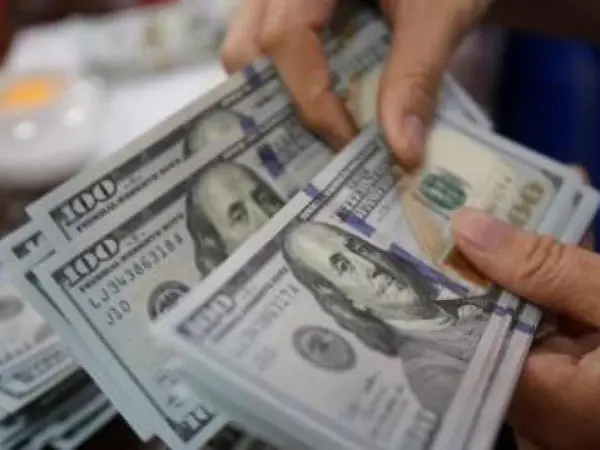Iran’s currency has dropped to a new historic low, breaking the 400,000 rial threshold against the US dollar Thursday, amid deep political and economic crises.
The rial has now lost nearly 50 percent of its value compared to mid-2021 and over 30 percent since December 2021.
The de facto devaluation is expected to boost Iran’s annual inflation rate, currently estimated to be 50 percent. Food prices have jumped much faster than overall inflation, with some items registering 100-percent increase in one year.
The high inflation rate this year comes on top of rising prices since 2018, when the United States pulled out of the nuclear accord known as the JCPOA and imposed oil export and banking sanction on Iran.
Iran has been rocked by nationwide antigovernment protests since mid-September after a 22-year-old woman, Mahsa (Zhina) Amini, was killed in police custody. She was arrested for violating the country’s forced hijab rules. But since then, protests have turned against the ruling regime, with many Iranians demanding a secular and democratic form of government.
Opponents of the Islamic Republic have also urged people to withdraw their deposits from government banks to put further pressure on the government, which has been printing more money in recent years. The money supply has grown at an unprecedented pace since September.
Talks to revive the JCPOA and lift most of the US sanctions have stalled since August when the last attempt by the European Union to broker a deal fell apart.

